Choosing the Bird Feeder that is Right for You!
 Stan Tekiela, author of The Kids’ Guide to Birds of Minnesota, tells us how to attract birds to your garden, with the right bird feeder.
Stan Tekiela, author of The Kids’ Guide to Birds of Minnesota, tells us how to attract birds to your garden, with the right bird feeder.
To get more birds to visit your yard, an easy way to invite them is to put out a bird feeder. Bird feeders are often as unique as the birds themselves, so the types of feeders you use really depends on the kinds of birds you’re trying to attract.
Hopper feeders are often wooden or plastic. Designed to hold a large amount of seeds, they often have a slender opening along the bottom, which dispenses the seeds. Birds land along the sides and help themselves to the food. Hopper feeders work well as main feeders in conjunction with other types of feeders. They are perfect for offering several kinds of seed mixes for cardinals, finches, nuthatches, chickadees, and more.
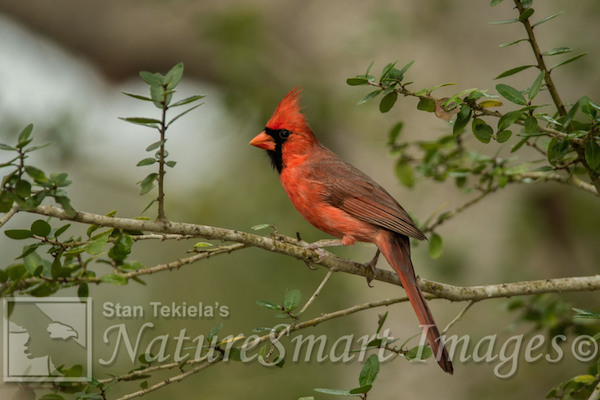
Tube feeders with large seed ports and multiple perches are very popular. Often mostly plastic, they tend to be rugged enough to last several years and can be easily cleaned. These feeders are great for black oil sunflower seeds and seed mixes, which are favorites of grosbeaks and all the other bird species that also visit hopper feeders. Some tube feeders have small holes, allowing incredibly tiny thistle seeds to be dispensed just a few at a time. Use this kind of feeder to offer Nyjer seed, which will attract various finches. Other styles of tube feeders have a wire mesh covering with openings large enough for birds to extract one of their favorite foods—peanuts out of the shell. Most birds enjoy peanuts, so these feeders will be some of the most popular in your yard. Another variety of tube feeder has openings large enough for peanuts in the shell. These are also very popular with the birds.
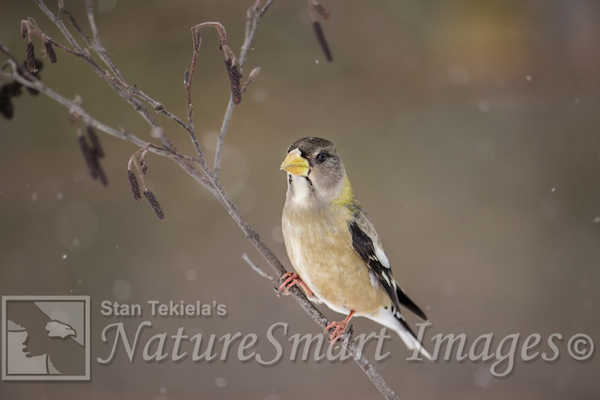
Ground feeders allow a wide variety of birds to access the food. The simplest and easiest feeders to use, they consist of a flat platform with a lip around the edges to keep seeds and corn from spilling out. Some have a roof to keep rain and snow off the food. With or without a roof, drainage holes in the bottom are important. Ground feeders will bring in juncos and many other birds to your backyard, including pheasants, and even mallards if you’re near water.
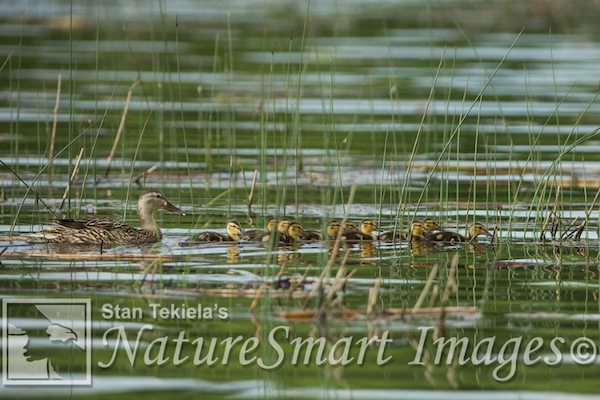
Suet feeders are simply wire cages that hold cakes of suet. The wire allows woodpeckers, nuthatches, and other birds to cling securely to the feeder while pecking out chunks of suet. The best suet feeders have a vertical extension at the bottom where a woodpecker can brace its tail and support itself while feeding. These are called tail-prop suet feeders.
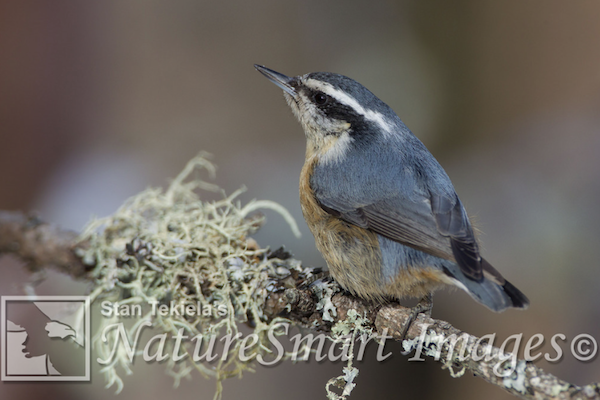
Nectar feeders are glass or plastic containers that hold sugar water. These feeders usually have plastic parts that are bright red, a color that is extremely attractive to hummingbirds, but orioles and woodpeckers will also stop for a drink. This bird feeder often has up to four ports for access to the liquid and yellow bee guards to prevent bees from getting inside.
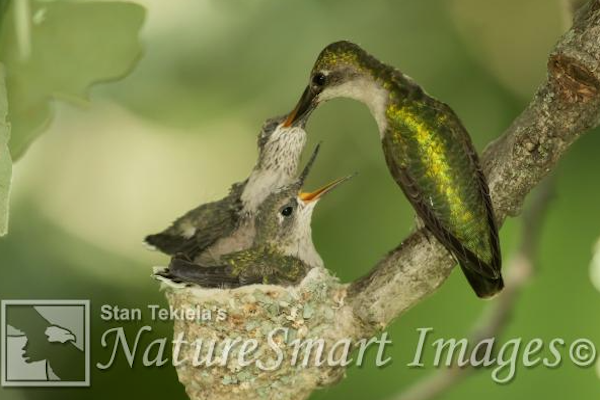
Mealworm feeders can be very basic—a simple glass or plastic cup or container will do. Pick one with sides that are tall enough—and with material slippery enough—to stop the lively mealworms from crawling out. Bluebirds especially love this wiggly treat!
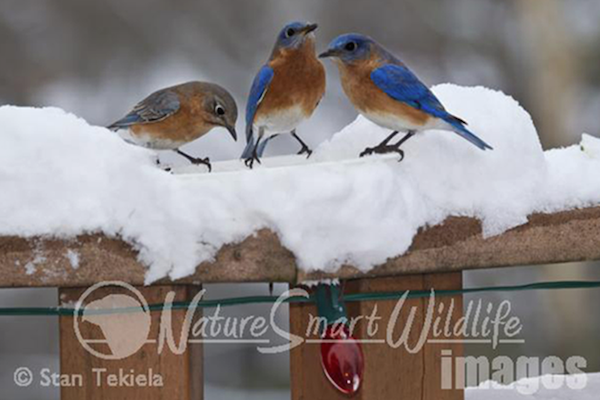
Check out Stan’s other children’s books:
- Jump, Little Wood Ducks (with Marion Dane Bauer)
- Whose Butt?
- Whose Baby Butt?
- Do Beavers Need Blankets?
- Some Babies are Wild (with Marion Dane Bauer)
- Snouts & Sniffers
Read more about our children’s books here. If you enjoyed this post, sign up for our newsletter here.


